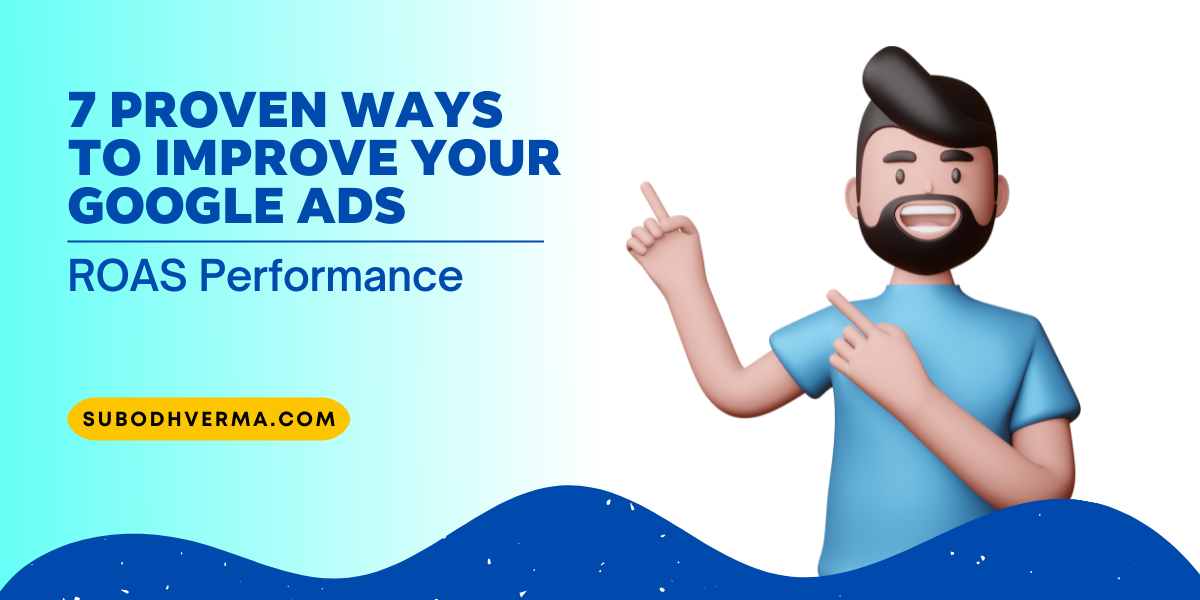It’s no secret that Google Ads is the most popular advertising platform. But, it can be challenging to get your ads to perform well.
So, are you struggling to increase your ROAS performance on Google Ads? Are you not sure how to improve ROAS performance?
Then, read this post!
Google Ads ROAS performance is the measure Google uses to determine how well Google Ads campaigns are converting. It is a crucial metric, and Google has made it easy to track this critical data point in your Google Ads account. If Google Ads ROAS performance is low, then Google will penalize your account, and you won’t be able to advertise on Google again.
So, if you are looking to improve your ROAS performance with Google Ads, there are a few things that you can do to get the best possible return on your investment. These include ensuring that your ads are showing up in the right places and adjusting bids based on current market trends. It is easy for any business owner or marketer to make their Google Ads ROAS more profitable with these steps.
In this blog post, I’ll discuss seven proven ways that you can improve your Google Ads ROAS Performance today!
Let’s get started!
What is Google Ads ROAS?
Google Ads ROAS is Return on Advertising Spend. ROAS stands for Return on Ad Spend. Because of the ads, the “return” is how much extra money you made – above what you would have made with no ads.
For example, if Google Ads cost $5 and sold $15 worth of TV remotes, your ROA would be 60% ($10). Now, if instead your Google Ads costs were $5, and you sold nothing at all, then your ROAS would be 0%.
It’s a marketing metric that measures an advertising campaign’s efficiency. It offers a quantifiable method for predicting how much we can expect to pay for future returns on our ads while considering the market’s competition and organic search results.
ROAS divides how much we spend per customer by what they’re worth. The more efficient the spending (i.e., how many times each dollar is worth more than one), the higher the ROAS.

Also read: 11 Critical Google Ads Metrics To Track In 2021
ROAS vs ROI
An advertising campaign is a cost and not an investment, as there are no guarantees that the value it generates will be long-lasting.
For example, you can consider blogging to generate leads for years through each published post. At the same time, ad campaigns only provide traffic or revenue as long they’re running, which makes them risky in comparison without consideration given towards ROAS (return on spend).
ROAS is a great way to measure the success of an ad campaign, but it only takes into account advertising costs. On the other hand, ROI will show you whether your larger marketing strategy has been effective and if there are any problems with its implementation, such as labor cost or order fulfillment in eCommerce businesses.
ROAS is more of a short-term measurement, but ROI provides information on how the campaign contributes to your long-term marketing goals. Both measures must exist within every advertising strategy so that you can see what impact specific strategies will have in terms of return on investment (ROI).
How To Improve ROAS Of Your PPC Campaign?
If you want to improve your Google Ads ROAS, you need a plan of attack. While there’s no single formula for success, I’ve identified seven proven ways to boost your performance and increase sales.
Refine Your Keyword Targeting
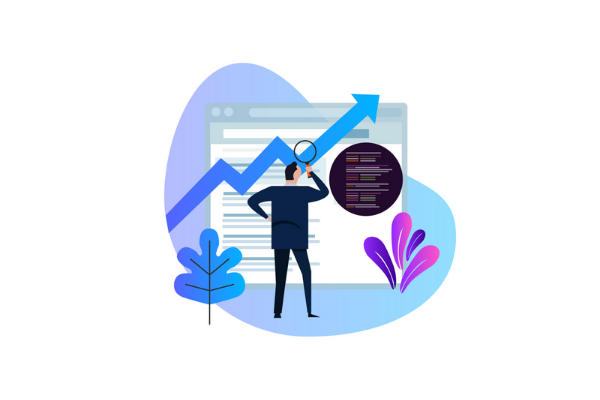
You need to be very specific when optimizing your content with long-tail keywords. These are the perfect words for attracting high-quality traffic and making conversions, so make sure you optimize each page on the website or product listing by using them! Try PPC software like Google Ads or Google Keyword Planner tools that will help find low competition, yet resonant phrases explicitly related to what they want from a business, such as “buy shoes.”
After you rank for the keywords associated with high purchase intent, it should be easy to increase your ranking in other search results pages. For local businesses, it could be “Our product/service in Your City”, and for eCommerce websites like Amazon, you would want to optimize your page with something along the lines of ‘Free Shipping’.
Also read: 7 Top Google Ads Best Practices To Skyrocket Your Sales
Use the Negative Keyword Feature
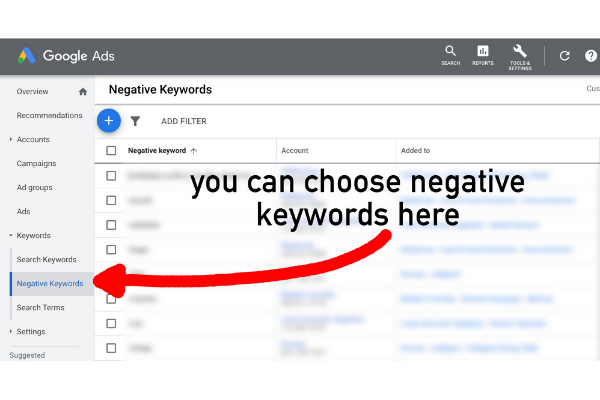
Negative keyword lists are an essential tool for improving ROAS because they allow you to ensure that no irrelevant search queries trigger your ads, giving you much more control over when and where your ad shows up. If you’re not already using this feature, start by either creating a negative keyword list within a campaign or at the ad group level. Ensure that every landing page has its own unique set of keywords so that if someone searches for “shoes” but doesn’t click on an ad for shoes, it won’t shut down future shoe-related traffic from showing up later on.
Creating negative keyword lists at the campaign level will allow you to build a list of terms that all ads and keywords within that campaign should avoid. Creating individual negative keyword lists will help you ensure every landing page has its unique list of negative terms. You can even add your negative keywords by typing in a time in the “Note” section, and if someone searches for “shoes,” it won’t be included when targeting “shoe-related” keywords. So that if someone searches for “purses” but not shoes, your purse-related ad won’t shut down future shoe-related traffic from showing up later on.
Use Conversion Rate Optimization (CRO) Strategies
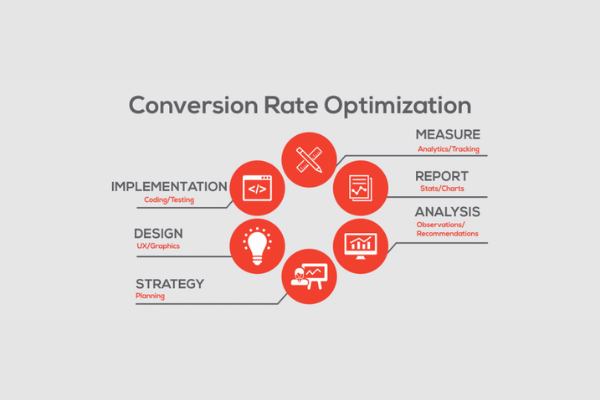
You may have a list of keywords that convert well, but how many people click on your ads? For most paid search marketers, it takes trying out different bidding strategies and ad formats before you can determine which combination will work best. Not only is this an effective way to improve ROAS, but it’s also great for demonstrating the impact of new optimizations to stakeholders. In many cases, company leaders look at complex numbers like return on ad spend instead of more abstract benefits like happiness and engagement.
CRO strategies allow marketers to link concrete changes in consumer behavior with business impacts by showing how much revenue was gained or lost from those changes. You can even use Google’s free tools to find out what’s working and what isn’t by using the Google Analytics Content Experiments feature.
For example, you might have a portion of your PPC traffic set up to receive ads at suboptimal times or sizes. You can then test if increasing bids or adding different ad formats helps improve visitor behavior. If people are more likely to convert after seeing an ad in a particular form or time slot, that could mean they’re more engaged and ready to purchase. That would suggest that there may be some wasted spend on those who don’t convert and new opportunities for optimization with other campaigns. It is also practical because it allows marketers to show their leadership how much revenue was gained or lost due to changes to Ad spend, formats or timing.
Follow Landing Page Best Practices
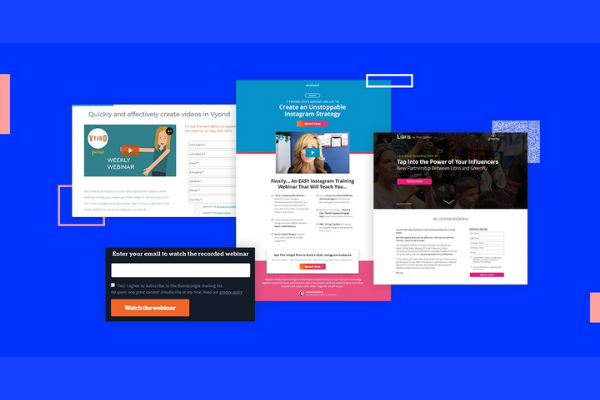
There’s no point in having unique ads if people aren’t clicking on them. To make sure your paid search ads are working as well as possible, follow landing page best practices like designing for mobile devices and making the “call to action” prominent. It will help ensure you’re getting as many qualified conversions as possible from your paid search budget. Google Ads now offers a testing feature so that marketers can quickly test small sections of their pages without impacting their whole site or network.
For example, let’s say you have a PPC ad group set up within an eCommerce account. Your management team has expressed concerns about conversions for this product dropping over the past few weeks. To help identify the root cause of this decline, you can create a test that will allow you to try out different landing page variations and see what works best. It’s also helpful to track your ads’ impression share or percentage of clicks they receive within an ad group because it shows how well your ads are performing compared with the competition.
Use Geo-Targeting
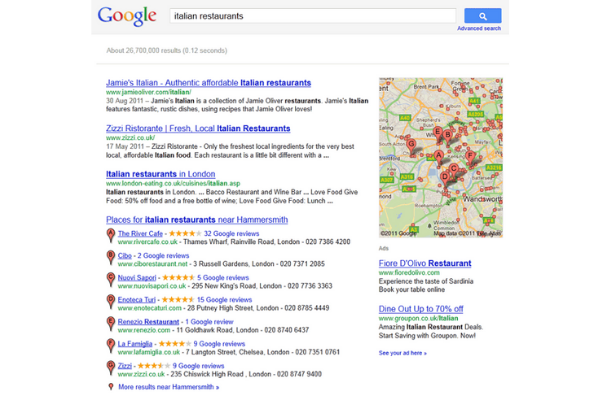
Geo-targeting will help you to reach your audience based on geography. You can target specific locations or choose a targeting preset, such as “custom”, to focus on a single area. In cases where you have a physical location, geo-targeting can be especially useful because you will only show your ad to potential customers within that geographical radius. It is an easy way to ensure that time and money aren’t wasted advertising for non-existent sales. Another example would be targeting the state of California if you’re an online retailer – this helps prevent ads from showing up in other states where there isn’t any demand for your product or service.
Geo-targeting can be used not only to reach people physically close to your business but also those geographically close to it in terms of internet access. You might have a brick-and-mortar store located outside of major metropolitan areas where there are large portions without broadband access – geo-targeting will allow you to focus on the regions that do have this technology.
Experiment With Your Bidding Strategy
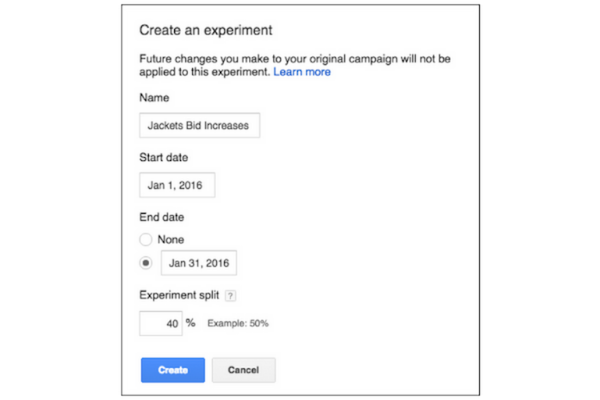
How should you set your bids? There are three main bidding techniques: manual CPC, target CPA, and enhanced CPM. Of these, the latter two are designed for ROAS optimization because they work together to promote conversions while giving advertisers complete control over bids.7
To demonstrate how this works, let’s say you are selling milk jugs for $10 each through your ad. You have set a target ROAS bid of 4:1 (or $40) and an ad rank of 1. An advertiser willing to spend 50 cents per click is vying for the #1 spot with your campaign; his CPA bid is $30 per conversion, which means 20 conversions will be necessary at that price point to achieve the same revenue as yours with only ten conversions. It results in higher eCPM (effective cost per thousand impressions) for you despite lower CPC bids because your more intelligent bidding strategy allows you to focus on quality rather than quantity of clicks – more profitable conversions bring in more revenue.
Spy On Your Competitors

How are your competitors spending their money? Do they have ads running that you don’t know about? What keywords are they targeting, and how high are their ad ranks?
Gathering competitor intelligence will help you devise a better strategy for boosting ROAS than if you were to wing it independently without any knowledge of the market. There are many tools you can use to spy on your competitors’ PPC campaigns, so you can see what’s working and what’s not. You can find out the keywords they’re ranking for, the offers they’re promoting, and the copy they’re using. Remember, driving traffic is only half the story. You also need to identify which ads are generating revenue. To do so, analyze longer-term trends to find out which ads are getting the clicks and performing well in terms of time on site and bounce rates.
How does one know an ad is generating revenue? You can infer it from the fact that a competitor has been running it for some time.
Summing Up!
With all of these optimizations readily available, there’s no reason why businesses should struggle with ROAS or waste excess spend on ads that aren’t performing as expected. By taking advantage of these seven strategies, you will see immediate ROAS improvements and further grow their business.
If you are struggling to improve your Google Ads ROAS performance, contact me. I am a certified Google Ads Specialist with over seven-plus years of experience in the digital marketing industry. Together we can identify what has been holding you back and make changes that will help increase your ROI. Let’s get started today!
